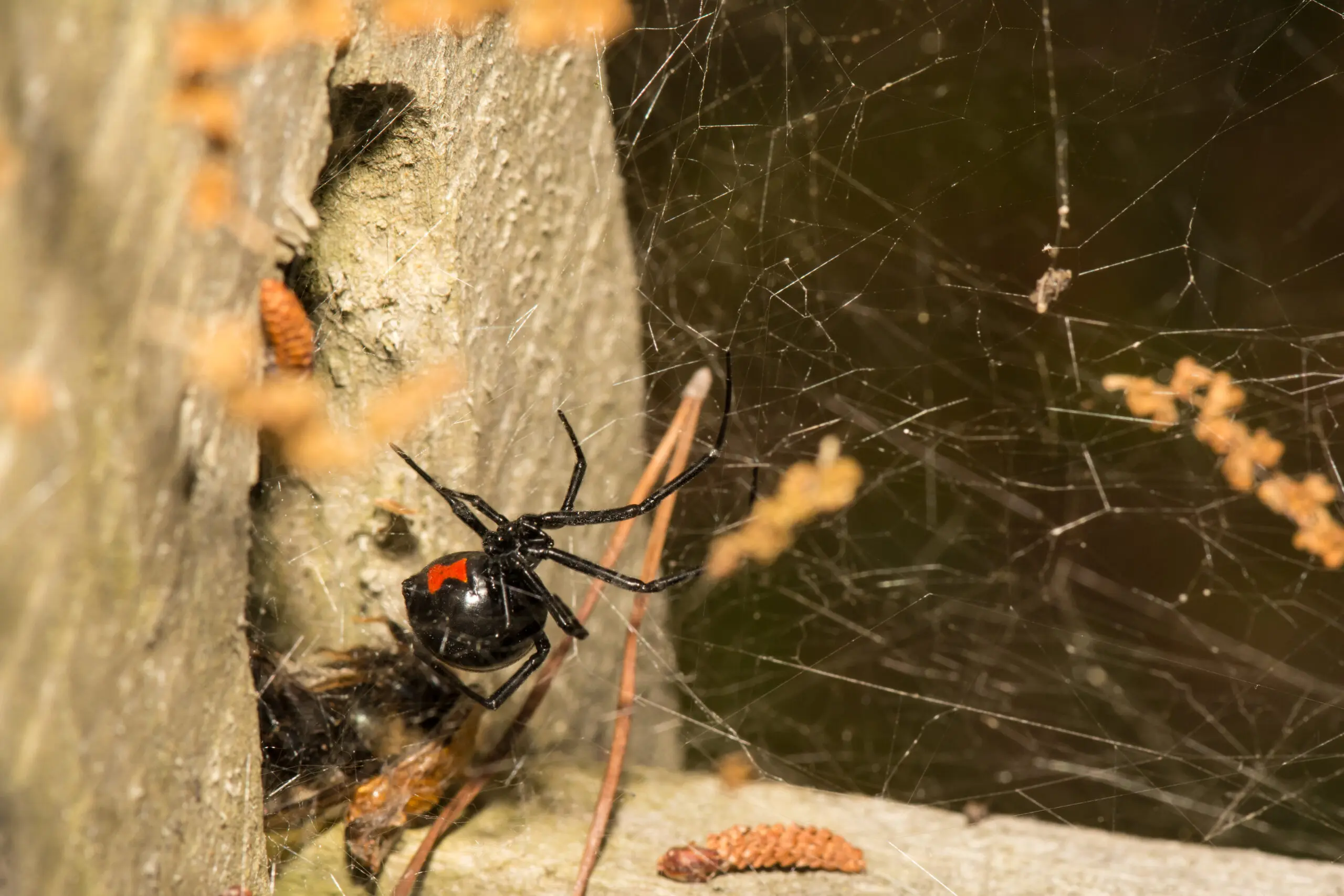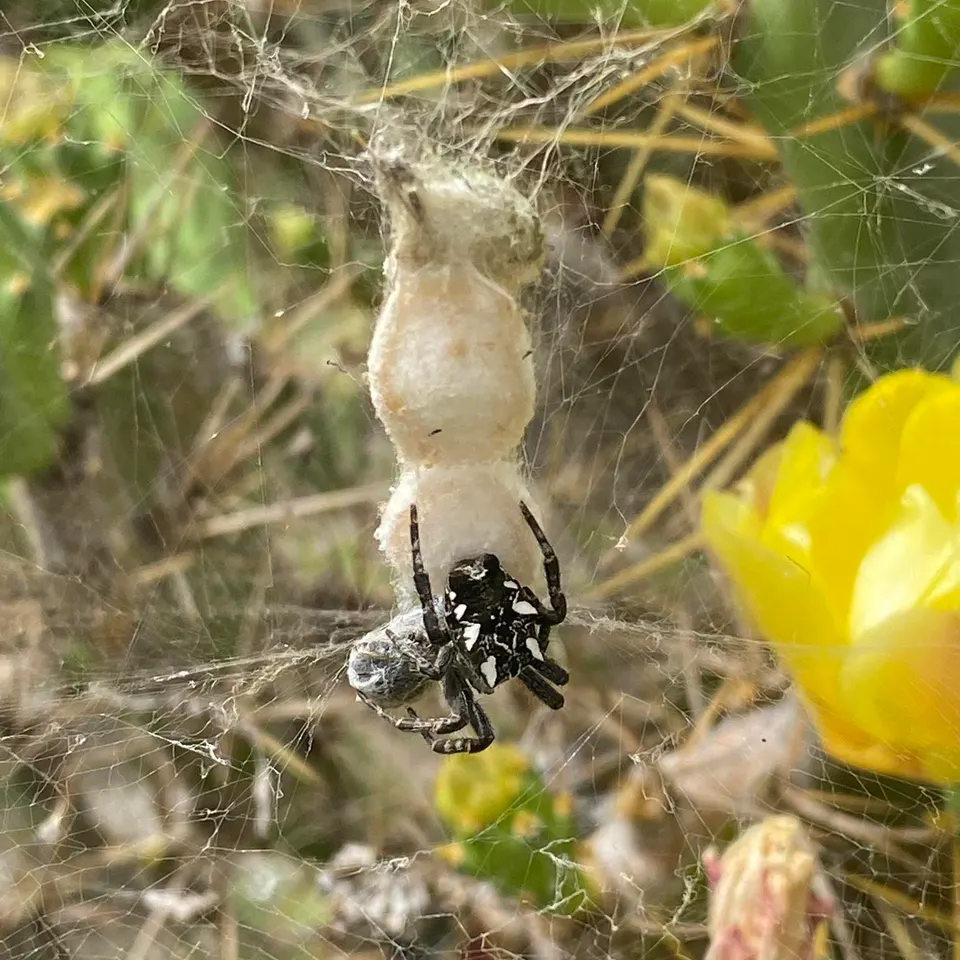
Precision Pest Control: The Role of Targeted Spider Extermination in Managing Invasive Species
Compelling pest control requires a nuanced approach, especially while dealing with invasive species like spiders. Precision pest control, described by targeted extermination techniques, assumes a critical part in managing these pests. Extermination araignees: traitement ciblé contre les espèces invasives examines the meaning of precision in spider extermination and its effect on controlling invasive spider species.
Understanding the Invasive Spider Issue
Invasive spider species, for example, the Earthy coloured Loner and the Dark Widow, present significant dangers because of their venomous chomps and potential to upset nearby environments. These spiders often invade homes and buildings, creating wellbeing dangers and causing huge distress to inhabitants. Managing these pests successfully requires an exhaustive understanding of their way of behaving, natural surroundings, and infestation designs.
The Significance of Targeted Extermination
Targeted spider extermination is fundamental in light of multiple factors:
- Precision in Recognizable proof: Identifying the particular spider species is basic for powerful control. Various species show distinct ways of behaving and require custom fitted treatment strategies. For instance, while certain spiders favour confined regions, others may be tracked down in additional open spaces.

- Limited Treatment: Rather than applying expansive range pesticides, which can be hurtful to non-target species and the climate, targeted extermination centers around regions where spiders are probably going to be found.
- Upgraded Adequacy: Targeted medicines involve the utilization of particular methods and items intended to address the particular qualities of the spider species. This could include using snares, traps, or insecticides figured out to influence the spider’s life cycle and conduct.
Best Practices for Targeted Spider Extermination
- Exhaustive Inspection: A careful inspection is the most vital phase in targeted spider control. Pest control professionals ought to evaluate the property to recognize spider species, infestation areas of interest, and potential passage points. This information is critical for developing a viable extermination plan.
- Integrated Pest The executives (IPM): Employing an Integrated Pest The board approach improves the adequacy of targeted extermination. IPM combines different systems, including organic control, natural alterations, and substance medicines, to sustainably oversee spider populaces.
- Ongoing Monitoring and Maintenance: Post-extermination monitoring guarantees that the treatment has been viable and forestalls re-infestation. Ordinary inspections and maintenance of preventive measures, for example, sealing passage points and reducing mess, add to long haul spider the board.
Precision Extermination araignees: traitement ciblé contre les espèces invasives through targeted spider extermination is an indispensable part of managing invasive spider species. By focusing on precise distinguishing proof, limited treatment, and best practices, pest control professionals can really address spider infestations while minimizing dangers to wellbeing and the climate. This approach works on the viability of extermination endeavors as well as adds to sustainable pest the board rehearses.


